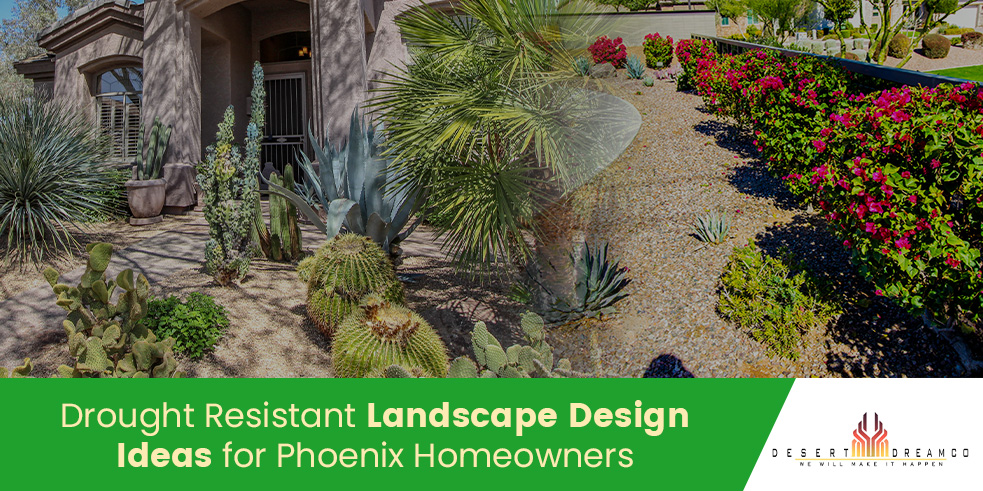Sustainable Landscape Design: Creating a Harmonious Environment
Introduction
Sustainable landscape design is a growing trend that focuses on creating outdoor spaces that are not only aesthetically pleasing but also environmentally friendly. By incorporating sustainable practices, such as using native plants, conserving water, and reducing waste, landscape designers can help create a harmonious environment that benefits both people and the planet.
The Benefits of Sustainable Landscape Design
Sustainable landscape design offers numerous benefits. Firstly, it promotes biodiversity by using native plants that support local ecosystems and attract pollinators. These plants require less maintenance and are better adapted to the local climate, reducing the need for pesticides and excessive watering. Secondly, sustainable landscape design helps conserve water by utilizing efficient irrigation systems, rainwater harvesting, and drought-tolerant plants. This not only reduces water consumption but also lowers utility bills. Lastly, sustainable landscape design reduces waste by incorporating recycling techniques, such as using reclaimed materials for hardscaping and composting organic waste.
Key Principles of Sustainable Landscape Design
There are several key principles that guide sustainable landscape design. Firstly, designers prioritize the use of native plants to promote biodiversity and reduce the need for excessive maintenance. Secondly, they implement water-efficient strategies, such as drip irrigation and rainwater collection systems, to minimize water consumption. Additionally, sustainable landscape design incorporates permeable surfaces, like gravel or permeable pavement, to prevent water runoff and promote groundwater recharge. Lastly, designers focus on creating outdoor spaces that encourage environmental education and community engagement, such as community gardens or green roofs.
Implementing Sustainable Landscape Design
Implementing sustainable landscape design starts with careful planning. Designers must assess the site’s characteristics, such as soil type, sun exposure, and existing vegetation, to determine the most suitable plants and design elements. They should also consider factors like water availability and local regulations. Through thoughtful design, incorporating native plants, efficient irrigation systems, and recycled materials, designers can create sustainable landscapes that are not only visually appealing but also environmentally conscious.
Conclusion
Sustainable landscape design is an essential aspect of creating harmonious outdoor spaces. By prioritizing principles such as native plants, water conservation, and waste reduction, landscape designers can contribute to a healthier and more sustainable environment. Whether it’s for residential, commercial, or public spaces, incorporating sustainable practices into landscape design is a step towards a greener future.
